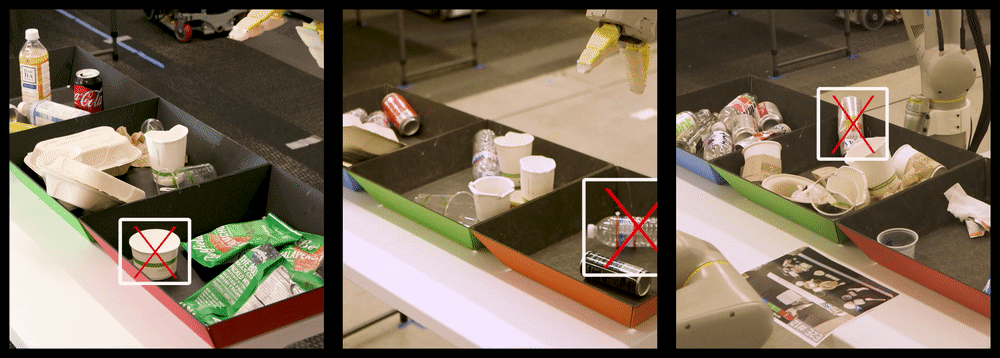
Alphabet subsidiary X, which is the former Google X, focuses exclusively on ambitious “moonshots,” or applications of tech you might expect are science fiction, not a real product in development. Like a robot that can sort through office trash.
X does a lot of its work more quietly than other Alphabet companies — until it’s ready to share some of its progress. It has reached that point with the Everyday Robot Project, an ongoing effort that X has been working on for “the past couple of years,” according to project lead Hans Peter Brondmo, who in a Medium post today shed some light on what the project is and what it does.
Brondo compares robotics today to computing in the 1950s and 60s — it’s a working reality, but it’s happening in dedicated spaces and the only people interacting with them on the regular are specially trained computer operators, using them for professional purposes. The challenge, then, is to usher in an era of robotics akin to the era of consumer computing — in other words, how do we get to a world where ordinary people live and interact with robots every day?
The challenges are both more mundane and more complex than you might imagine: They have everything to do with stuff we take for granted every day, like other people walking around, trash bins that are out at the curb one day and gone the next, furniture that moves around, different weather conditions and just about anything you can think of that’s a pretty normal part of everyday life but hard to predict exactly day-to-day. Robots work best with specificity and exactness, especially when it comes to programming.
The Everyday Robot Project knew this, and quickly determined that to create robots that are genuinely useful to actual people going about their lives, the key was to “teach” rather than “program,” according to Brondmo. That meant working with the team at Google AI, first in a lab setting, and then out in the world. That’s where it arrived at the robot it’s detailing today: One it successfully taught to sort through garbage at X’s own offices.
The robot, trained via simulation and reinforcement learning, among other techniques, managed to actually reduce the level of waste contamination (putting the wrong garage in the wrong place and causing the whole contents of that bin to go to the landfill instead of being recycled, for instance) from around 20% to less than 5. If you’ve ever worked in a building that is certified as green by some kind of officially recognized standard, then you might know how impressive this actually is in terms of overall impact.
Aside from actually making a significant dent in the amount of unneeded waste heading to a landfill from a sizeable office, this development helps X prove out some of the feasibility of its ultimate goal of making robots everyday affairs for most people. There’s still a long ways to go before robots are commonplace companions — the smartphones we carry around everywhere, in the general computing analogy — but this is a step in that direction.

